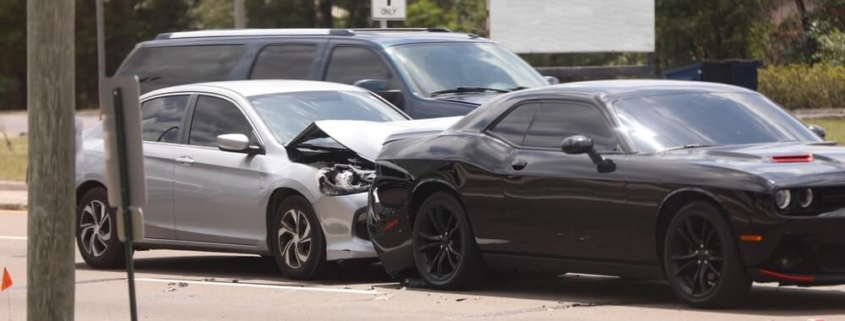Are Auto Accidents More Common in Rural or Urban Areas?
Driving is dangerous, no matter which way you cut it. Statistics indicate that if you drive long enough, you’re likely to be involved in an accident at some point in your life. However, a lot of factors determine your actual accident risk and how safe you really are when you’re behind the wheel.
One issue that’s been subject to substantial research in recent years is the differences between rural and urban crash rates. Understanding the differences can help drivers make informed choices and show legislators what changes have yet to be made. If you’ve been hurt in a car accident and you want to seek compensation, let us help you through the process. Call Peake & Fowler at 803-998-2412 now.
Accident Rates in Rural and Urban Areas
The Insurance Institute for Highway Safety has a massive database of statistics regarding all types of vehicle crashes. In 2021, there were roughly 26,000 traffic fatalities in urban areas and roughly 17,000 in rural areas. That’s a 60/40 split, and if you take it at face value, urban crashes are more common than rural ones. But if you break it down further, it looks a bit different.
The Census Bureau reports that only 3% of the nation’s land mass is urban, but 80% of the population lives in urban areas. A full 97% of the country’s land is rural, but only 20% of the population calls a rural community home. This means that traffic fatalities are overrepresented in rural areas and underrepresented in urban settings. Although more crashes may happen in urban areas, the risk is substantially greater for rural drivers.
Key Differences Between Rural and Urban Accidents
A number of factors complicate this question further. These factors include:
- Distance from help: Those who live in rural areas are generally much farther from medical help than those who live in urban areas. Research shows that rural Americans live, on average, 10.5 miles from the nearest hospital. This is twice as far as the average suburbanite and nearly three times further than the average urban resident. When you’re involved in a severe accident, every single second counts. Taking a few extra minutes to get to the hospital could truly be a matter of life and death.
- Risk of hit-and-run accidents: Some people will always do the right thing, while others will only do it if others are watching. Those who fear the repercussions of an accident may flee the scene if the crash was in a rural area. They know that there are no surveillance cameras to catch them or witnesses to write down their license plates. This puts victims in a position of being unable to seek compensation.
- Difficulty calling for assistance: Cell service tends to be much poorer in rural areas than in urban ones. As a result, rural drivers may have difficulty calling emergency services after a collision. This further delays the help they need.
- Road maintenance: Rural roads may not have the same funding as urban ones, which means that they may be rougher or more worn down than urban streets. This factor increases the risk of an accident and the severity of accidents.
How Drivers Can Protect Themselves
Rural drivers should know that they are at a heightened risk of collision when they are on country roads. Careful drivers should exercise more caution while navigating rural roads and plan ahead for an emergency. Drivers may choose to keep a phone charger in their car so they can always call for help, share their location with loved ones so they can get help if necessary, or minimize their time spent on rural routes.
On a larger scale, the discrepancies between the urban and rural driving experience must be addressed. Rural drivers should have access to the same services and safety that urban drivers do.
Hurt in a Crash? Call Peake & Fowler Today
If you have been injured in a car accident, you may be entitled to compensation from the at-fault party. We can help you explore your legal options now. To get started, just call us at 803-998-2412 or fill out our online contact form to have a team member reach out to you.





